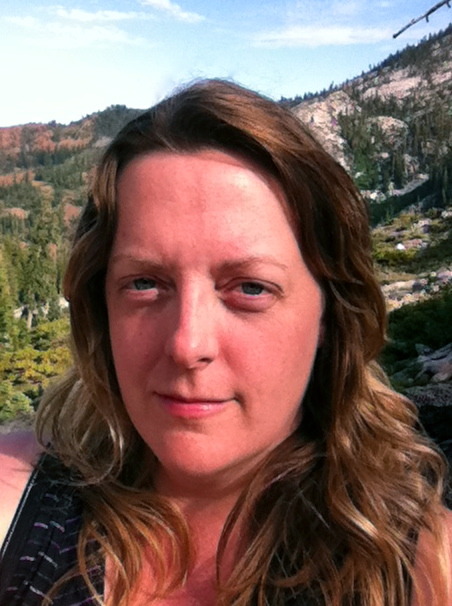The Arts Research Center at UC Berkeley is sponsoring the symposium “SITUATED: Time-Based Art and Neighborhood Ecologies” on October 10, 2011. Participants have been invited to post some brief thoughts on the topic in advance of the event. This guest posting is by artist Allison Smith, Chair of the Sculpture program at California College of Arts in San Francisco.

1) What are you most looking forward to from this gathering?
I am most looking forward to seeing the same set of things using a different set of lenses.
2) What are the top five lessons you want to share to fellow artists and community leaders about the kind of work you do?
Most likely no one will encourage you to do the most important work, because it hasn’t been done yet and is literally unthinkable. If your idea feels awkward at first, it may mean that it is especially worth pursuing.
The craft world and the social practice world are both relatives of art, like distant cousins who don’t often get together. But what they share in common is the desire for direct engagement. In the craft world, it is the object, passed hand to hand, that functions to connect people. With social practice, the object is often foregone, in favor of a more immediate conversation. Though different in their approaches, both are really after the same thing.
Art is a great arena for posing questions that cannot easily be resolved. To attract participation in a project, pose a question that is both open and provocative enough to draw in a diverse range of people with widely varied if not opposing views. Then create a receptive and nonjudgmental space in which everyone can be seen and heard.
The education department is often a better gateway into the art museum than the curatorial department. With the exchange of ideas at the core of its mission, your project can have a measurable impact and a much farther reach.
Many people are concerned about the lack of traditional skills being taught to art students these days. As someone deeply invested in issues of craft, and myself a sculpture professor for over a decade, I still believe that the most important skills an artist or craftsperson can learn are people skills.
3) Confessions of a ______ turned ______: fill in the blanks to help us understand how you have re-skilled during your career.
Confessions of an artist interested in how war re-enactors act out trauma using handcrafted props turned artist working with military service members using craft to engage in the healing process.
I am an artist who studied psychology and abandoned art therapy because it didn’t account for the impact of social injustice upon the psyche. Now I find myself incorporating the healing arts into my projects as a way of making socially engaged work more deeply impactful.